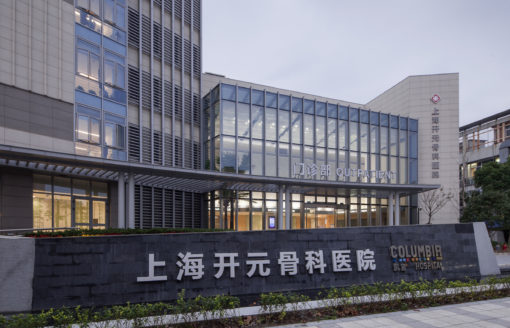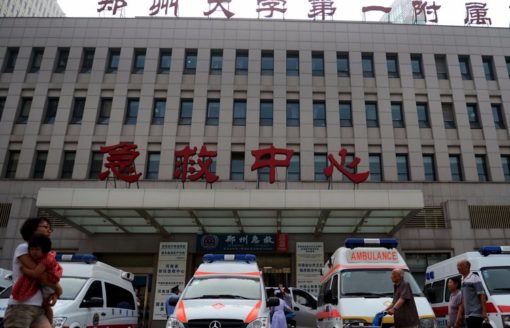Many pharmaceutical companies have been generating most of their revenue from developing oncology treatments, as cancer is among the leading causes of death. Five of the top-15 bestselling drugs worldwide are for oncology. The global oncology drug market is projected to grow at a compound annual growth rate (CAGR) of 10.9% until 2030, driven by rising incidence of various types of cancer, arising from the aging population, unfavorable lifestyle and diet changes, as well as heightened demand for biological and targeted therapy. Global expenditure for oncology therapeutics and supportive care drugs rose around 39% from $96 billion in 2013 to $133 billion in 2017. U.S., Europe and Japan account for up to 74% of total spending on oncology treatments.
New medicines, particularly immunotherapies, are priced higher than several years ago. The average cost for new oncology drugs was more than $160,000 annually in 2017, up from $79,000 in 2013 or approximately a two-fold increase during the period. Owing to the high price tags after the significant increase over the last few years, payers around the globe think that the clinical benefits of new oncology drugs are not necessarily commensurate with their elevated costs. Thus, prayers demand outcomes-based contracts so that they can determine the levels of discounted reimbursement for each oncology drug, while many countries require assessment of efficacy and health technology of new cancer drugs.
Overall, the number of candidates in the oncology drug pipeline has been on the rise, with more than 700 molecules being in late stage development in 2017 and almost 90% of them being targeted therapies. The pipeline has a variety of assets such as small molecules, radiotherapies, hormonals, cytotoxics and targeted treatments.
With respect to the trend of oncology research, the use of genomic biomarkers for patient selection in clinical trials has become increasingly popular driven by the desire to launch more precision medicines to the market. Meanwhile, research on tumor targets and clinical studies to assess the efficacy of multiple regimens are among projects of keen interest.



China’s Hospitals Recent Reforms